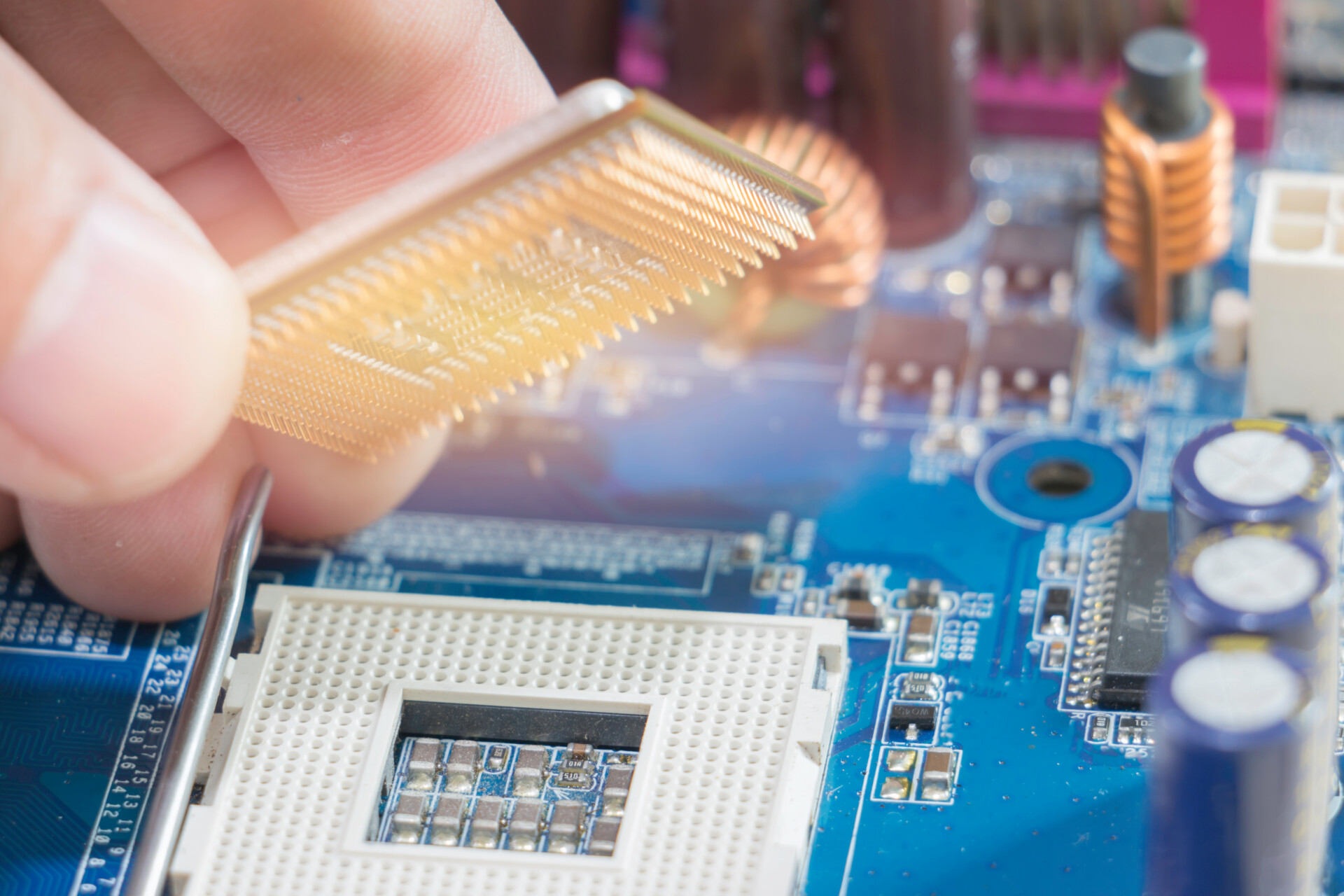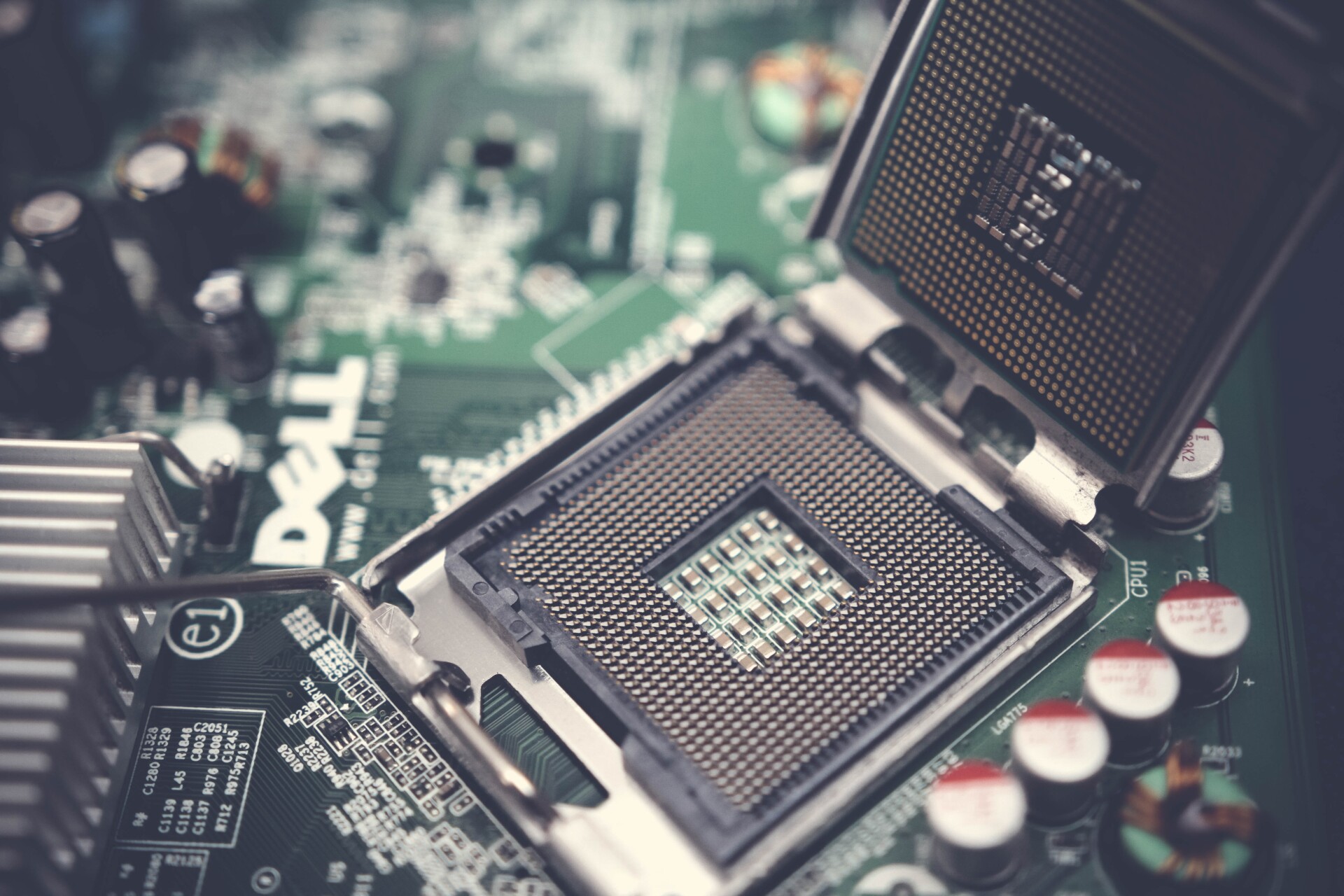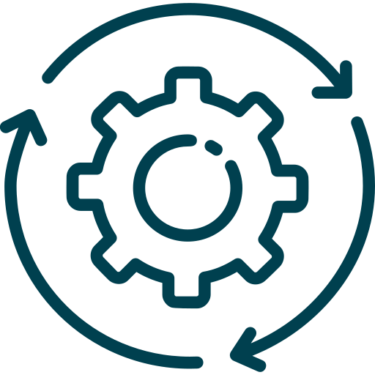
Embedded Systems for software and hardware integration.
Create groundbreaking solutions in the world of Embedded Systems.

How we use Embedded Systems?

Embedded systems and software can be a vital link between the software and hardware, allowing for seamless and efficient integration that helps the end product to function as intended. This technology can also empower the future of connected devices and the IoT industry. That’s why this area and creating new solutions in this sector is crucial to us.
Embedded Systems in microcontrollers and how they can propel innovation.
Our team of experts is experienced in creating embedded systems in different microcontrollers. Throughout their journey with MCUs like STM32 series microcontrollers or other projects based on Texas Instruments and the Espressif MCUs, they overcame various challenges posed by the specifics of operating systems in different platforms and embedded devices.
However, this expertise reaches beyond just microcontrollers. Understanding the most popular peripherals and standalone embedded systems is essential to utilising them to the best of their capabilities. Good understanding also helps us transcend the limits of the current state of things to drive innovation and exceed expectations.
Utilising the peripherals’ and embedded systems’ features and capabilities allows building complex solutions to maximise the hardware and software. Expertise in different platforms makes creating reliable foundations for any project more manageable, as it helps achieve the desired compatibility and peak final product performance.

A look at a real-time operating system
Real-time operating systems make a complex field for an embedded systems engineer. It requires extensive expertise in the area. Our team chose the FreeRTOS embedded operating system because of their in-depth knowledge of this, which empowers them to design meticulous solutions involving precise timing and detailed task management.
The above approach is based on extensive knowledge of a real-time operating system and embedded systems. This allows us to tailor projects that are reliable and effective. They can be executed across domains, e.g. resource management or interprocess communication. A good grasp of standalone embedded systems helps build systems that can enhance the efficiency and performance of the final product, designed to perform well even in demanding environments.
C – the programming language for an embedded system
The code has its place at the heart of embedded systems. Our embedded systems software engineers are proficient in C language, and it’s their preferred choice for developing embedded systems. It helps optimise the system as the work progresses. Because embedded systems usually operate on strictly limited resources processing power, using a concise and compelling programming language to develop streamlined and effective application software, where each line of code helps to boost the system’s performance.

Embedded technologies and BLE connectivity
Embedded systems can find their use in wired or wireless networks. Knowledge of communication protocols allows us to integrate different solutions via predefined BLE profiles. However, it can be more than just that. Unique BLE profiles can be utilised for building wireless architectures tailored to a specific project.

DAC.digital’s Technical Proficiencies

- ARM Cortex M,
- embedded electronics,
- embedded C/C++,
- RTOS,
- Bluetooth BR/EDR/LE,
- USB,
- eMMC,
- FLASH,
- EPROM,
- UART,
- SPI,
- I2C,
- ADC,
- DAC.
Delve into our innovative solutions.
Going beyond BLE.

We are working hard to expand our expertise in other wireless communication protocols. We aim to master communication protocols such as Zigbee, Thread, Matter, etc., to create interconnected systems that communicate seamlessly and reliably in environments requiring specific wireless communication protocols.


What are the key benefits of using Embedded Systems?
Software-embedded systems are a field of computer science that can bring many benefits, especially the Internet of Things. Network-embedded systems can help create a more extensive system that can control large-scale operations, for example, in a city. The rapid growth of IoT and smart home technologies gives space for new solutions in networked embedded systems.

The development and popularity of portable solutions also create possibilities for developing mobile embedded systems that can work with different devices. The complexity of such an embedded system depends on the task it has been designed for.
Another benefit of using embedded systems is that they are relatively cheap and can be used for testing software. Moreover, embedded systems can be easily optimised and customised relatively cheaply. It makes them affordable to tailor to the exact function they are intended to do.

Multiple embedded systems can also function as a part of a larger system comprising software and hardware components.

Meet our embedded experts.
Marek Tatara, PhD
Head of Science
Assistant Professor at Gdańsk University of Technology, AI/ML Expert at M5 Technology, Member of the Polish Society For Measurement, Automatic Control And Robotics. works on the company’s research agenda and works on the implementation of both EU-funded and commercial R&D projects from the field of Computer Vision, Machine Learning and Embedded Systems.
Stanisław Raczyński, PhD
Head of Research
A distinguished professional with an impressive track record of 17 years in ML/AI and audio DSP research and 23 years of engineering experience. He has actively contributed to various applied research projects, demonstrating his expertise in signal processing, natural language processing, machine learning, and robotics.
Michał Gorgoń
Senior Embedded System Engineer
He graduated from the Electrical Technical School at the Zespół Szkół Łączności, specializing in Teleinformatics, and then pursued studies at the Electrical Department of the Wroclaw University of Technology, obtaining a Master’s degree in Automation and Robotics.
Rafał Mikołajczyk
Embedded Machine Learning Researcher
He is a devoted fan of embedded systems and IoT technology, with a particular interest in embedded system architecture. His specialty is prototyping, in which he brings innovative ideas to life through hands-on experimentation and creative problem-solving.
Michał Affek
Embedded Machine Learning Researcher
Currently enrolled in an industrial PhD programme at the Gdansk University of Technology. His main interests are remote sensing (processing done specifically on satellites), machine learning algorithms for edge devices, and parallel computing.
Patryk Monarcha
Embedded Engineer
He holds a MSc degree in Embedded Systems and Autonomous Vehicles from the Faculty of Electronics, Telecommunications, and Informatics at the Gdansk University of Technology. He’s now pursuing his next degree in Biomedical Engineering. His main areas of interest include smart home solutions, IoT and wireless protocols.
Wearables technology.
Wearable devices have seamlessly integrated into our contemporary way of life, offering the ability to monitor physical activity, track vital signs, and manage digital communication while controlling smart home systems. However, the utility of wearables extends beyond personal use, as businesses are also capitalizing on their advantages. Discover the opportunities they can present to both your personal life and business endeavors.


Apollo guidance computer.
A story of the first embedded system.
Developed for the Apollo program in 1965, the AGC is the oldest example of an embedded system. It performed complex calculations and control operations that humans could have completed more effectively. The system had four processor boards and five memory modules, each containing 70 kB of memory. The Apollo command module and the AGC system applied an advanced combination of software and hardware to launch programs responsible for guidance, navigation and control systems with unprecedented accuracy and precision.



